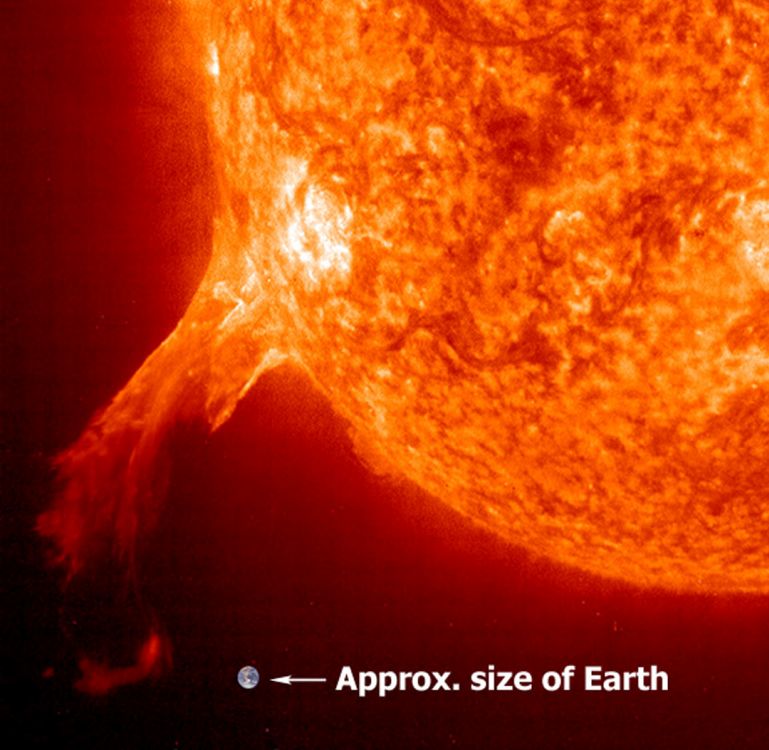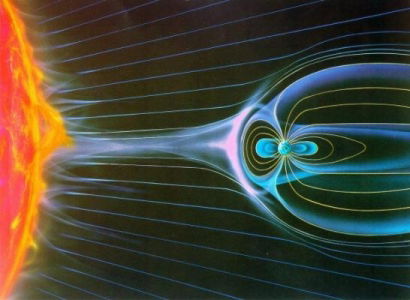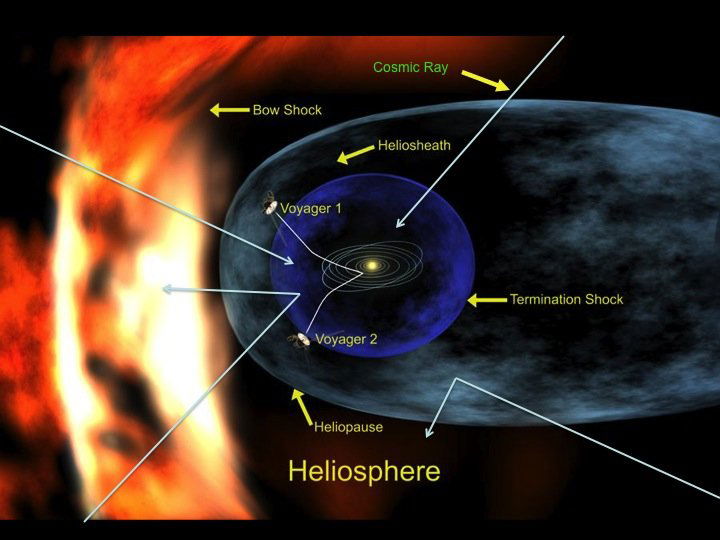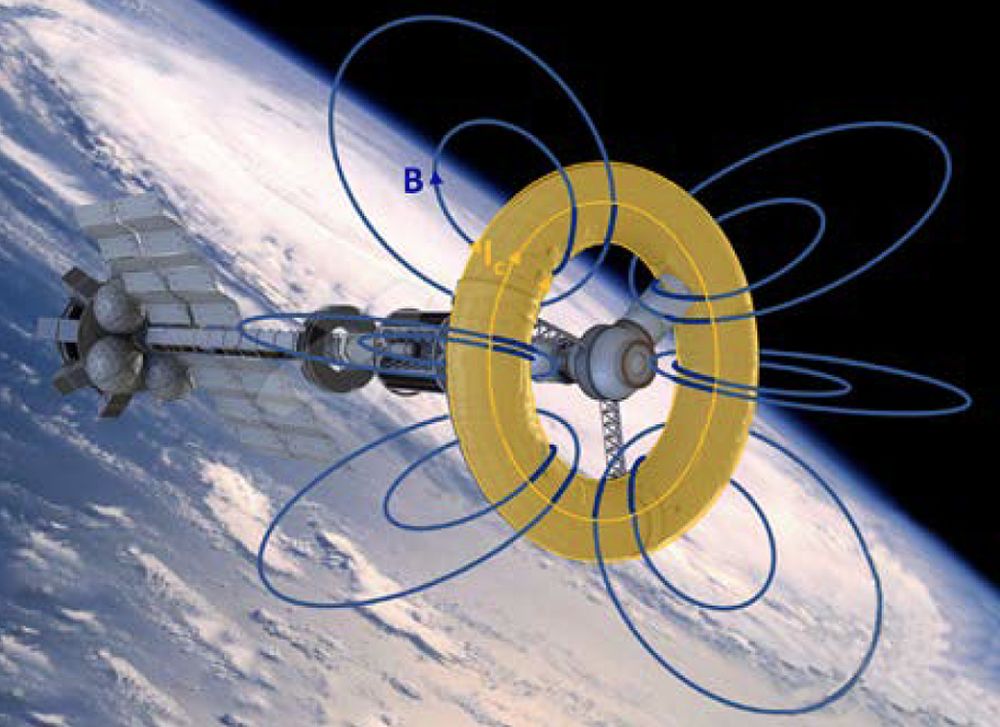How Do They Get Around in Space? How Are They Protected by the Sun?
Ask a Rocket Scientist
by Rob Webb on May 26, 2022Name: Hadassah
Grade: 4
What is your favorite planet or star? Pluto
What is your favorite rocket? Apollo
Question: How do they get around in space?
Name: Miriam
Grade: 1
What is your favorite planet or star? Venus
What is your favorite rocket? Apollo
Question: How are you protected by the sun in space?
Hello Hadassah and Miriam! And thanks for your great questions! I decided to answer both of your questions together since they’re similar and somewhat related to each other. And I’m glad both of you like the Saturn V rocket, which was the main rocket used by NASA during the Apollo program. It’s my favorite rocket too!
I also like both Venus and Pluto1 (even though it’s no longer a planet!). I actually like every planet (including dwarf planets, too) in the solar system because they were all created by our awesome God on day 4 of creation week!

Public Domain Image via NASA
Now to your questions, combined and reworded another way: how do astronauts safely travel around and be protected while in space? We’ll first go over some of the main dangers in space, from things like solar radiation and cosmic rays, then go over some of the possible solutions. Let’s go!

Public Domain Image via NASA
We know from the Bible (God’s Word) that God designed us to live on Earth and inhabit it (Genesis 1:28; Isaiah 45:18). But, of course, space is not like earth (not enough atmospheric pressure or oxygen exists in space) so humans cannot survive in space without some sort of support/protection. This is why astronauts need to travel around in very tightly sealed spacecraft, wearing heavy (pressurized) space suits, and have plenty of oxygen with them so they can still breathe.
I think most people (adults and kids alike, including you!) probably already know that, but many do not realize that astronauts also need to be protected from the radiation that’s coming from the sun and even the outer cosmos (like galactic cosmic rays). And it’s actually a major issue for any space travel beyond the moon (like travelling to Mars), which NASA is currently trying to fully solve. This is definitely something we need to figure out! The Bible says human life is precious and made in the image of God (Genesis 1:27; Psalm 139:14), so we must do our best to protect astronauts from this danger.

Public Domain Image via NASA.
As you already know, the sun is always producing heat (radiation) that warms us here on earth. But sometimes it sends out really fast-moving (high-energy) particles that burst into space from giant solar eruptions (called solar flares and coronal mass ejections), which can hurt astronauts in space. These solar energetic particles basically go right through an astronaut’s skin, which can then cause damage to their insides (like their cells/DNA) and even lead to short-term sickness (called radiation sickness).

Artistic illustration of the magnetosphere (earth’s magnetic bubble) that helps protect us from the sun.
Public Domain Image via NASA
But this danger only exists in space! By God’s providence, we’re protected here on earth from this harm because God created a protective magnetic “bubble” around earth (called the magnetosphere), which deflects solar particles away from us. Plus, any spacecraft/satellite that is orbiting close to earth is also protected by this magnetic bubble. For example, astronauts on the International Space Station (ISS) aren’t exposed to that much radiation because the station is in a low enough orbit around earth (the station’s outer hull also protects them from some of the radiation too).
So, this means space explorers traveling beyond earth’s magnetic bubble (like on a future mission to Mars) will face a lot more dangerous radiation. And not just from the sun, but also from outer space! This type of radiation, called galactic cosmic rays, comes from deep in space (even possibly outside our Milky Way galaxy!) and travels a long distance to reach our solar system.

Artistic illustration of the heliosphere (sun’s magnetic bubble) that helps protect the solar system from cosmic rays.
Public Domain Image via NASA
Yet, unlike solar energetic particles, cosmic rays are always moving through the solar system!2 As an analogy, if solar energetic particles are like a sudden (sporadic) downpour of rain, then cosmic rays are like a steady, light shower of rain. So, while it’s hard to predict when solar eruptions will occur, astronauts can always expect cosmic rays to hit them during space travel!
On top of that, cosmic rays, which are typically made up of heavier elements (like helium, oxygen, and iron), tend to be much more powerful than solar energetic particles. This is a big deal for the safety of astronauts! So, on top of being protected from the sun, space explorers on a long space-voyage need to really make sure they’re protected from cosmic rays (even more so than solar energetic particles).

Astronauts demonstrating their radiation protective plan for travel in the Orion spacecraft.
Public Domain Image via NASA
NASA knows a lot about these dangers, and so space weather scientists3 (the “lifeguards” of space) are coming up with creative ideas to solve this problem. And one of the (rather simple) solutions to protect astronauts from solar energetic particles is to have the crew (like on the Orion spacecraft) use onboard stowage bags to create a dense shelter from radiation prior to a predicted solar eruption. They also plan to make spacecraft walls a lot thicker (more mass),4 which should at least make it harder for solar particles to hit them. But this won’t help much against cosmic rays!

Illustration of spacecraft with magnetic shield protection from galactic cosmic radiation.
Public Domain Image via NASA
To better protect against cosmic rays, scientists have actually come up with other cool solutions like having lightweight magnetic shielding around the spacecraft.5 And so, in the same way earth’s magnetic bubble protects us, this magnetic shield should (in theory) be good enough to deflect a lot of the space radiation away from the spacecraft. Pretty cool, huh?
Overall, these brilliant ideas on how to safely travel around space are great examples that show the amazing creative abilities that God gave us. And it should remind us of how special the earth is that God created for us! Most importantly, if you’re a Christian (child of God), let’s continue to praise our Lord and Savior Jesus Christ, who consistently upholds and sustains the universe by his power (Hebrews 1:3), for making space travel a possible (and fun) reality!
Ask Your Question
Ask a parent to help you submit your space-related question to Rob Webb today! Don't forget to check back next week to see if your question was chosen!
Footnotes
- Pluto is technically considered a dwarf planet, located in the Kuiper Belt, which is part of the outer region (past Neptune’s orbit) in the solar system.
- The amount of cosmic ray exposure is believed to depend on the solar cycle (solar maximum/minimum). So, during solar maximum, when the heliosphere (sun’s magnetic “bubble”) is stronger, more cosmic rays are blocked from entering the solar system. In other words, the amount of cosmic rays that gets into the solar system is based mostly on the strength of the sun’s heliosphere at that time.
- You can see all the latest space weather forecasts and learn more about how these scientists predict space weather events (like solar eruptions) at https://www.swpc.noaa.gov.
- However, this isn’t the most ideal (cost-effective) solution since more mass on a spacecraft means more fuel needed for launch.
- The basic idea behind this is to use superconducting magnets to create the shield, which obviously presents major engineering problems (weight, temperature, etc.). This idea was actually originally proposed in 1969 by Wernher von Braun (the “father” of rocket science) and continues to be debated today.
- © 2024 Answers in Genesis
- Privacy Policy
- Contact
- About
